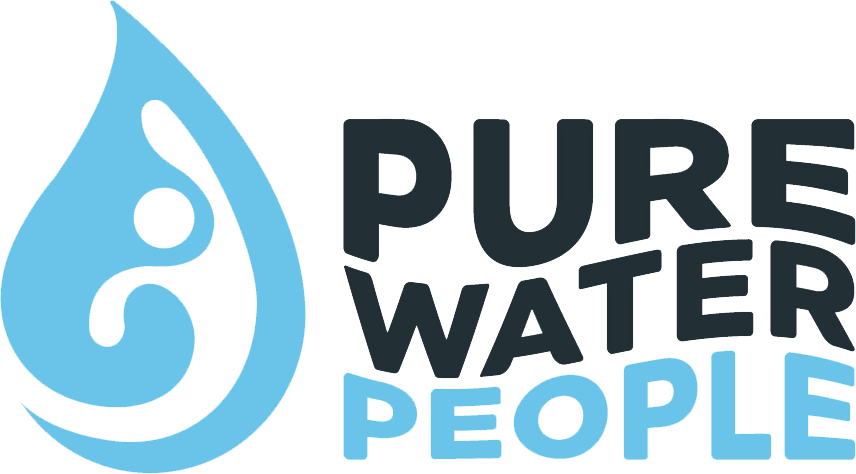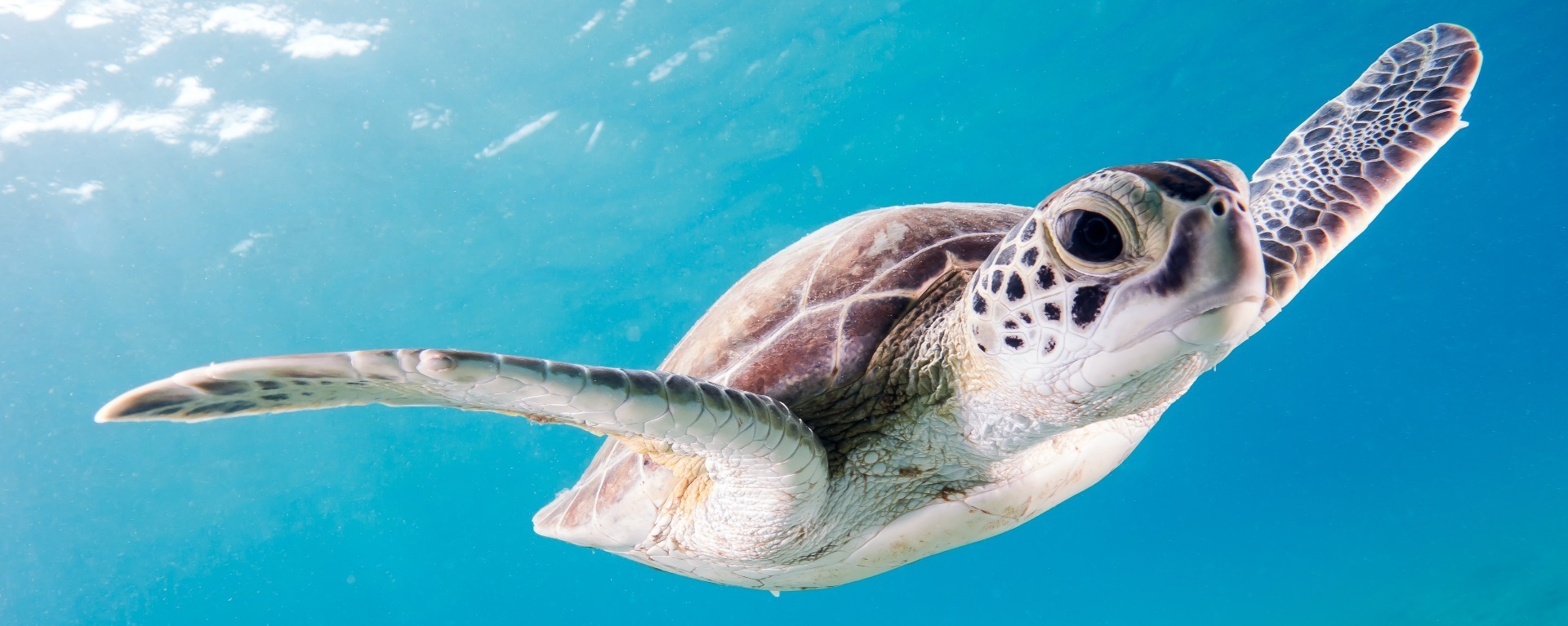Happy World Sea Turtle Day!
Posted on 16th June 2021 at 12:11
A very happy World Sea Turtle Day to you all! There are so many fantastic animals that are vital to our planet, its ecosystems and the environment - sea turtles are certainly no exception to this. There are 7 different species of sea turtle, 6 of which are listed on the IUCN Red List as vulnerable or worse; World Sea Turtle Day is important occasion, where we should all take the opportunity to raise awareness of these amazing creatures and the threats they face!
Dr. Archie Carr
World Sea Turtle Day is on June 16th for a very good reason – it is the birthday of renowned ecologist Dr Archie Carr (1909 – 1987)! Dr. Carr, a celebrated naturalist and writer, as well as a famous conservation biologist and expert in sea turtles (not to mention a great teacher and linguist) has had a huge impact on the conservation of these wonderful animals.
Throughout his life he travelled all over the world, researching various ecosystems, working as a research and consulting biologist, writing numerous books and papers, teaching and advocating conservation. It was his influential book “The Windward Road” that caught the attention of a Mr. Joshua B. Powers who, in 1959, went on to found the Sea Turtle Conservancy - this non-profit organisation has since been endeavouring to save Sea Turtles from extinction.
Dr. Carr has left an amazing legacy and now it’s up to the rest of the world to uphold it!
Sea Turtles are fantastic creatures
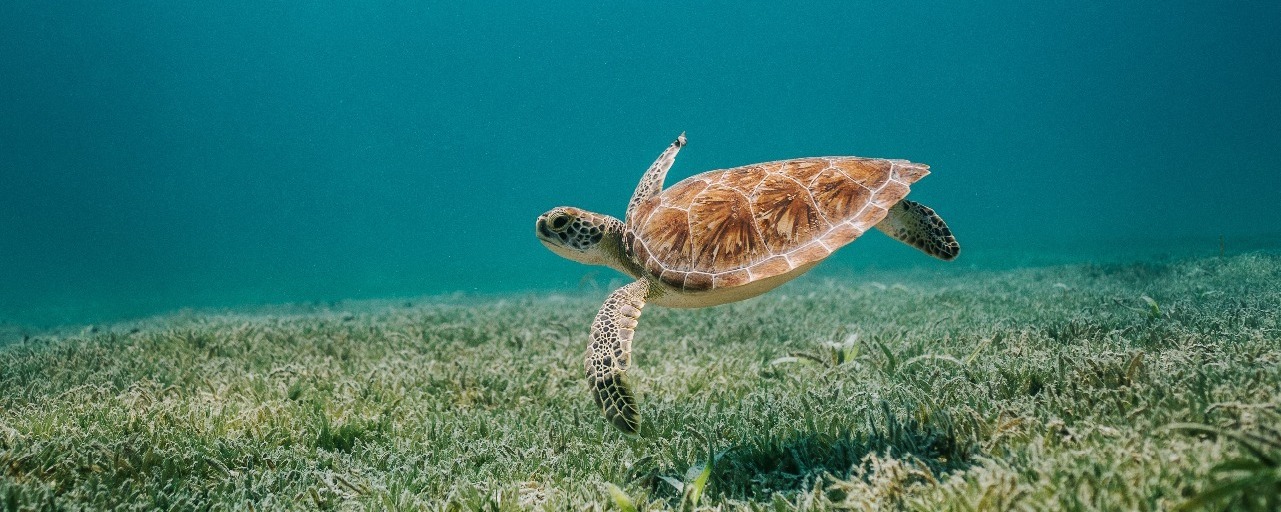
There are currently 7 different species of sea turtle, which are Olive Ridley, Kemp’s Ridley, Green Sea Turtles, Loggerheads, Hawksbills, Flatbacks and Leatherbacks. The different species vary quite a lot in size - the smallest of the species is the Olive Ridley, which have carapace lengths of about 51 to 75 cm while typically weighing between 33 and 50 kg and the largest is the Leatherback. Their carapaces tend to range from 1.2 to 1.8m and they weigh in between 200 and 900 kg. As impressive as that is, the largest known was the Archelon, which existed between 100 million to 66 million years ago, during the Cretaceous period. These are thought to have reached lengths of around 3.5m - what a sight they must have been!
This also goes to show that Sea Turtles have been around in one form or another for a very long time. While for a long time it was thought that they originated about 110 million years ago, there has been evidence that there were significantly older species around even before this. Scientists in Germany studied a fossilised specimen from around 120 million years ago and from the almost complete skeleton they found that it was very much like modern sea turtles. Also, a 220-million-year-old fossil from a ‘proto sea turtle’ was found off the coast of China, one significant difference between it and modern sea turtles being that its shell was half formed.
The most amazing thing about sea turtles, however, is how important they are to the planet...they are integral participants in various ecosystems and play a variety of important roles.
Sea Turtles – vital to ecosystems
Animals all have their role in maintaining healthy and balanced ecosystems – this is one of the reasons that human activity is so destructive, because not only are specific animal populations affected, but ecosystems are damaged as a knock-on effect. Sea Turtles are certainly no exception to this and provide many important services to their respective homes. For example, Green Sea Turtles eat seagrass, which is actually conducive to the health and nutrient content of seagrass beds - this maintenance is essential and has numerous benefits to the ecosystem.
Another instance of their ability to help maintain an ecosystem can be seen in what Hawksbills do for coral reefs – by eating dense sponges that compete for space with corals they play a crucial role in protecting the health of very important ecosystems. Fish can’t consume these sponges, so the Hawksbill provides some unique and vital maintenance.
Even their eggs provide nutrients in sand dunes that are otherwise lacking, which improves biodiversity for both plants and animals.
It isn’t just important to protect these animals for sentimental reasons – it's also an extremely practical necessity. Every ecosystem contributes to the health of the environment and the key to this is ensuring the strength of biodiversity.
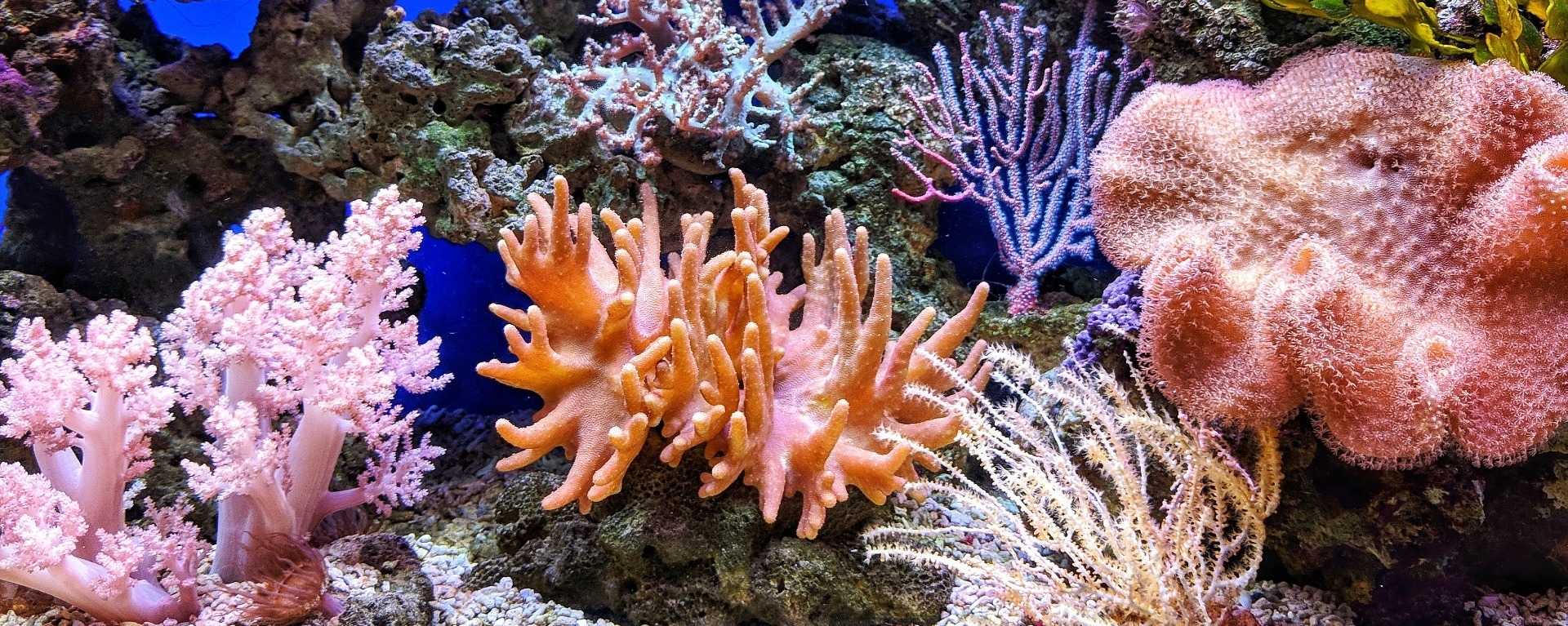
Sea Turtles are under threat
Sadly, of the 7 species around today, 6 are listed as vulnerable, endangered or critically endangered by the IUCN Red list. Any species that falls under these different levels of conservation status is threatened. Each category has progressively more alarming criteria; these categories range from “Least Concern” to “Critically Endangered”. There are a few different criteria that any given species can meet to be included in their respective category and a species that is considered critically endangered could very well go extinct if nothing is done to save them.
Taking the Hawksbill as an example, which classified as “Critically Endangered”, the numbers are quite worrying. According to the WWF, “There are difficulties in accurately assessing population size, but a recent estimate of adult nesting females of 8,000+ has been made. There are only 5 populations worldwide with more than 1,000 females nesting annually.”
While there can be natural causes for different species going extinct, with modern Sea Turtles it is human intervention that has caused them so many problems. They face a number of threats, including bycatch from commercial fishing, poaching (illegal poaching still goes on despite sea turtles being protected by the law in most countries – this can be for their shells, meat or especially eggs, which are sold to restaurants and served as a delicacy), climate change, human activities such as coastal development and tourism and last, but certainly not least, plastic pollution!
We have all seen images of sea turtles with plastic straws in their noses, but the issue isn’t just restricted to accidentally swallowing macroplastics. Recent research (Savoca et al.) has found plastic additives in the eggs of Loggerhead sea turtles (which are already classed as ‘Vulnerable”). The chemicals found are called “Phthalates”. These are also known as “plasticisers” and are used to make plastics more durable. Four different pthalates were found in 30 eggs collected from 4 different nests. These were mainly found in the shell and yolk. Pthalates are Endocrine Disrupting Chemicals (EDCs), which can have adverse effects on hormone regulation (we have blogged about microplastic pollution and its potential effects in the past, including EDCs). There has been evidence of the impacts of phthalates on different wildlife; “A critical analysis of the biological impacts of plasticizers on wildlife”, (Oehlmann et al. 2009), did find that pthalates “can affect both development and reproduction in a wide range of wildlife species”. This varied depending on the species in question, but different reproductive disturbances were found in insects and amphibians. When it comes to the impact of microplastic pollution on biological life, it’s impossible to say exactly what the consequences will be in the future, but the bottom line that there is data to suggest that may be potential for long term harm. As always, more research is needed to better understand this, but it just goes to show – this isn’t an issue that should be oversimplified. Plastic pollution is never a good thing, and the idea of chemicals from plastics finding their way into sea turtle eggs is quite concerning.
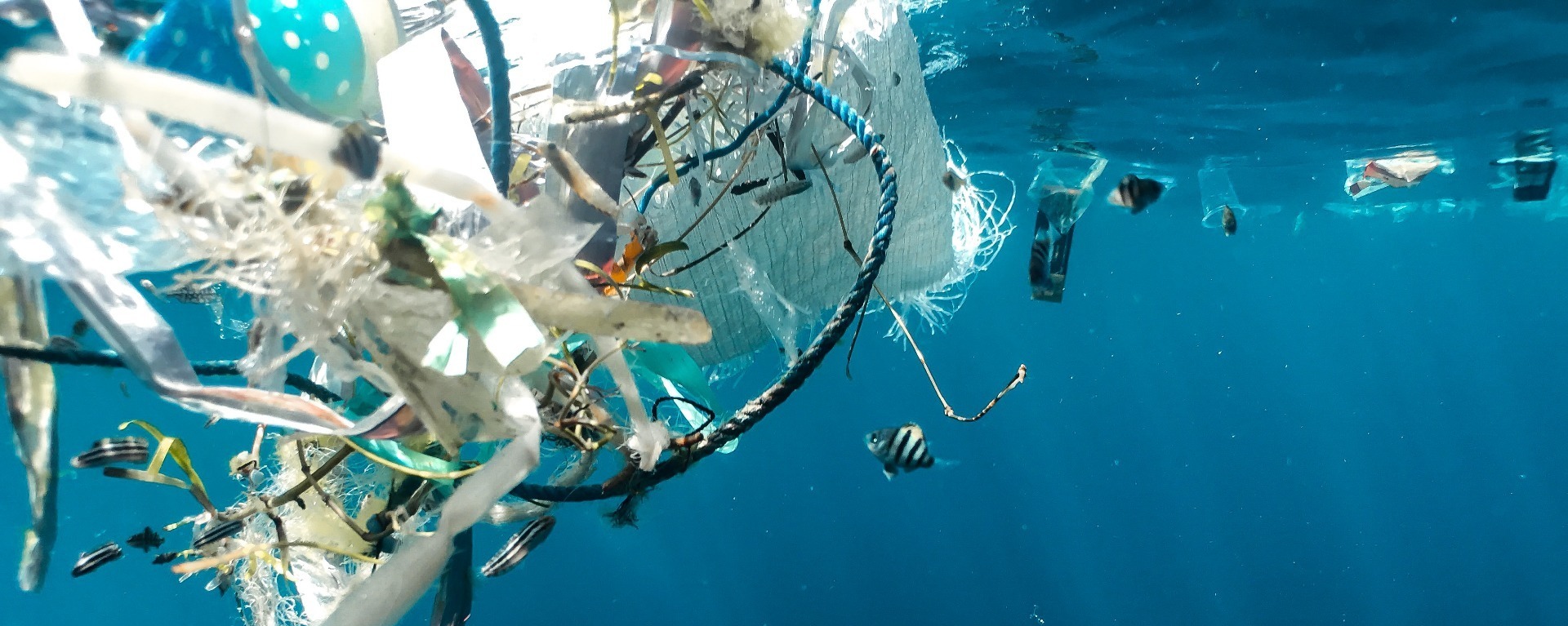
Looking to the future
With the efforts of fantastic organisations like the STC, hopefully enough can be done to not only save the threatened species of sea turtles, but to further protect them and build their populations back up so that they can carry on fulfilling their integral roles in their various habitats and ecosystems.
Education and awareness are, we feel, both excellent tools when facing issues such as this and today is a great day to learn more about sea turtles! We encourage anybody reading this to take some time today to do some further reading about these excellent marine creatures, to both celebrate and better understand them.
So, from all here at PWP – Happy World Sea Turtle Day!
Tagged as: #worldseaturtleday, 2021, day, EDCs, endocrine disrupting chemicals, flatback, green turtle, hawksbill, kemps ridley, leatherback, loggerhead, microplastics, olive ridley, phthalates, plasticisers, sea, turtle, turtles and plastic, world, wwf
Share this post:

